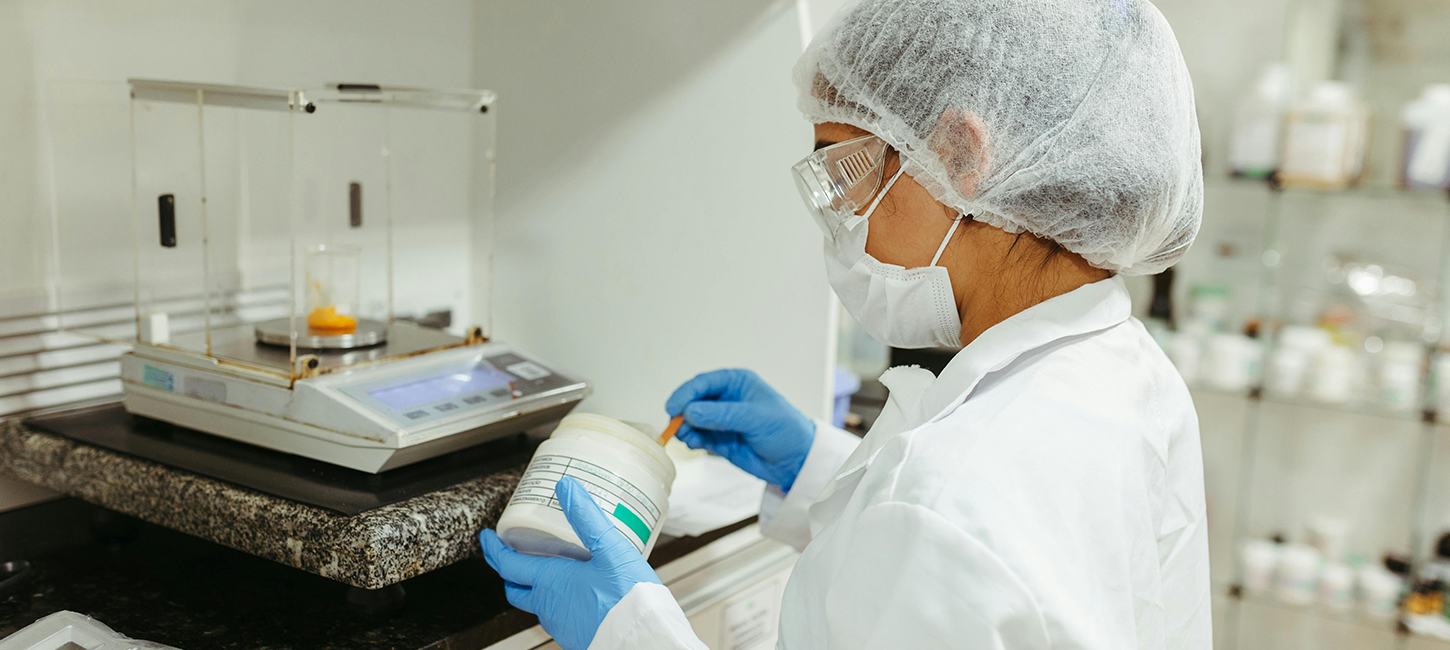Articles / UWWTD / Water pollution / Water technology
Understanding PNEC
Understanding PNEC
July 28, 2025
Understanding PNEC
The Predicted No-Effect Concentration (PNEC) is a key scientific estimate that helps determine the safe levels of substances in the environment.
By identifying concentrations where harmful effects are unlikely, PNEC plays a crucial role in environmental risk assessments and regulatory practices to protect ecosystems.

PNEC is a key scientific estimate that helps determine the safe levels of substances in the environment.
Understanding PNEC
Predicted No Effect Concentration is a fundamental concept in environmental science and ecotoxicology, particularly in the assessment and regulation of chemicals and pollutants. The PNEC represents the concentration of a substance below which adverse effects in the environment are not expected to occur. Here is an overview of its significance and application:
Importance of PNEC
PNEC is an important tool use to asses and control these risks:
- Environmental Protection: PNEC values are used to safeguard ecosystems by ensuring that chemical concentrations remain at safe levels for aquatic and terrestrial organisms.
- Regulatory Framework: Environmental agencies and regulatory bodies use PNEC as a benchmark to develop guidelines and regulations for the discharge and management of chemicals.
- Risk Assessment: It plays a critical role in environmental risk assessments, helping to evaluate the potential impact of substances on varied species and habitats.
Calculation of PNEC
The PNEC is generally derived from ecotoxicological data obtained through laboratory tests on various organisms. The following steps are typically involved:
- Selection of Data: Choose relevant ecotoxicity data, such as LC50 (lethal concentration for 50% of the test population) or NOEC (No Observed Effect Concentration), from studies on distinct species.
- Application of Assessment Factors: Apply safety or assessment factors to account for uncertainties, such as differences between test conditions and real-world scenarios, species variability, and data quality.
- Derivation of PNEC: Calculate the PNEC by dividing the selected ecotoxicological endpoint by the chosen assessment factor.
Applications of PNEC
The applications of PNEC include:
- Water Quality Standards: Setting limits for chemical concentrations in water bodies to protect aquatic life.
- Pollution Control: Designing strategies for waste and effluent management to minimise environmental impact.
- Product Safety: Ensuring that consumer products, such as pesticides or pharmaceuticals, do not harm the environment.
Challenges in PNEC Determination
Determining the Predicted No-Effect Concentration presents several challenges:
- Data Limitations: Incomplete or insufficient ecotoxicity data can make it challenging to derive accurate PNEC values.
- Variability: Natural variability among species and ecosystems means that a one-size-fits-all approach may not be effective.
- Emerging Contaminants: New chemicals constantly entering the market require ongoing assessment and PNEC determination.
PNEC and the Urban Wastewater Treatment Directive
The Urban Wastewater Treatment Directive (UWWTD) is a significant piece of legislation in the European Union aimed at protecting the environment from the adverse effects of urban wastewater discharges and runoff. The directive mandates the collection and treatment of wastewater in urban areas to reduce pollution levels.
PNEC plays a crucial role in this directive by providing a benchmark for determining the safety levels of various substances in treated wastewater. By ensuring that the concentrations of harmful substances in effluents do not exceed their respective PNEC values, the directive helps maintain ecological balance and protect aquatic life. This means that wastewater treatment plants must incorporate advanced treatment technologies to meet these standards, which can influence their operational procedures and technologies used.

The Urban Wastewater Treatment Directive aims to protect the environment from micropollutants.
Impact on the Pharmaceutical and Cosmetic Industries
In the pharmaceutical industry, PNEC values are critical for assessing the environmental risk of medicinal products. As pharmaceuticals often find their way into the water systems through human excretion and improper disposal, companies must evaluate the environmental impact of their products. By adhering to PNEC values, pharmaceutical companies can ensure that their products do not harm aquatic ecosystems, leading to increased research into green chemistry and more sustainable practices.
The Cosmetics industry, which includes cosmetics and personal care products (PCPs), such as shampoo, facial cleanser, and body wash, are composed of various chemicals and are one of the sources of chemicals released into aquatic ecosystems. Therefore, the cosmetic industry strives to reduce the impact of their products on the aquatic environment; must also consider PNEC values to minimise their environmental footprint.
Ingredients in personal care products can enter water systems and have potentially harmful effects on aquatic life if not managed properly. Compliance with PNEC values encourages the development of environmentally friendly formulations and disposal methods, promoting the use of biodegradable and non-toxic ingredients.
How Arvia can help
Arvia is one of the world’s leading manufacturers of electrochemical water treatment products. With design, manufacturing, and R&D in the UK, they also have labs in India, a facility in China and have expanded into the US.
Arvia’s treatment systems include Nyex Florenox, Nyex Rosalox and Nyex Ellenox – three revolutionary systems specifically designed for tertiary water treatment, each delivering spectacular (up to parts per billion) results treating many recalcitrant pollutants in industrial wastewater like PFAS, endocrine disruptors and antibiotics.
Conclusion
PNEC is a vital tool in environmental management, helping balance the use of chemicals with the need to protect the natural world.
The integration of PNEC values into the Urban Wastewater Treatment Directive and other EU regulations underscores the importance of protecting aquatic ecosystems from chemical pollution.
For the pharmaceuticals, and cosmetics industries, it represents both a challenge and an opportunity to innovate and adopt sustainable practices. By prioritising environmental safety, these industries can contribute to a healthier planet while maintaining regulatory compliance within the European Union.
